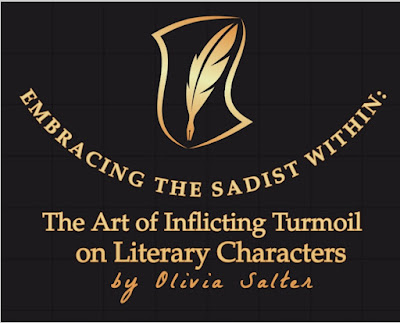The Shape of Story: How Kurt Vonnegut’s Simple Graphs Reveal the 3 Stories Everyone Loves
By Olivia Salter
When it comes to fiction writing, few insights are as delightfully simple and enduringly useful as Kurt Vonnegut’s "shapes of stories." Long before the rise of plot structure diagrams, beat sheets, or Save the Cat formulas, Vonnegut—iconic author of Slaughterhouse-Five and Cat’s Cradle—gave writers a humorous, deceptively simple visual tool for understanding what makes stories resonate with readers.
In his famous lecture, Vonnegut proposed that stories could be plotted on a graph. The Y-axis represents the protagonist’s fortune (from “ill fortune” to “great fortune”), and the X-axis represents time. By plotting a character’s ups and downs throughout the story, Vonnegut demonstrated that nearly every story falls into recognizable shapes. These story arcs are not just random—they tap into universal human experiences.
Here are the three shapes of stories Vonnegut claimed everyone loves, and how writers can use them to craft compelling fiction.
1. Man in Hole: The Redemption Arc
The Shape: A character starts off doing okay, suddenly falls into trouble (the “hole”), and then climbs out better off than before.
Why It Works: This shape reflects struggle and triumph. It’s the basis of countless beloved narratives—from romantic comedies to adventure epics. People love to see characters tested by adversity and come out transformed. It’s hopeful, and most importantly, it’s relatable.
Use It In Your Writing:
- Throw your protagonist into meaningful conflict early.
- Make the “hole” deep enough to threaten something valuable—reputation, love, safety, identity.
- Let the climb out reveal character growth or unexpected strength.
- Examples: Erin Brockovich, Finding Nemo, Legally Blonde.
2. Boy Meets Girl: The Love/Connection Arc
The Shape: A protagonist’s fortune rises with the introduction of love or connection, followed by a sharp drop (a breakup, death, misunderstanding), and then a rise again—either through reconciliation or new understanding.
Why It Works: While “boy meets girl” is an outdated label, the shape captures the highs and lows of emotional connection. It doesn’t have to be romantic—it can be about friendship, mentorship, or found family. It’s ultimately about belonging, loss, and the joy of reconnection.
Use It In Your Writing:
- Make readers emotionally invest in the bond that forms.
- Let the fall feel devastating—relationships matter because they’re fragile.
- Offer an ending that’s earned, whether it’s reunion, acceptance, or growth after loss.
- Examples: Pride and Prejudice, The Fault in Our Stars, Up.
3. Cinderella: The Rags-to-Riches Fantasy
The Shape: A character starts off in misery, then experiences a sudden rise in fortune (love, wealth, discovery), falls back down (usually due to betrayal, loss, or separation), and finally ascends even higher than before.
Why It Works: The Cinderella arc taps into the dream of transformation. It’s a story of hope against odds, of inner worth eventually shining through. It’s a favorite because it offers both emotional catharsis and wish fulfillment.
Use It In Your Writing:
- Show the low beginnings vividly—don’t rush the reader through the hardship.
- The "rise" should feel like a dream—but it’s more powerful if it’s earned.
- The fall must feel like the dream is lost—only to be reborn with even more meaning.
- Examples: Rocky, The Pursuit of Happyness, Hidden Figures.
Why Vonnegut’s Graphs Still Matter
Vonnegut once said, “There’s no reason why the simple shapes of stories can’t be fed into computers.” Today, algorithms might guide movie scripts, but his graphs still provide something organic: a human-centered way to feel your way through narrative movement.
His genius was not in inventing these patterns—but in helping us see them. In doing so, he offered writers a roadmap, not to formulas, but to feelings.
These story shapes endure because they mirror life. We all fall in holes. We all yearn for connection. And many of us dream of transformation. When you understand the emotional shape of your story, you write not just for structure—but for the soul.
Try This Writing Exercise: Pick one of the three shapes and draw it on a graph. Now, write a 500-word short story that follows its arc. Let the graph be your guide, but allow the character’s journey to bring it to life.
Because as Vonnegut knew, good stories have shape. Great ones move us.





